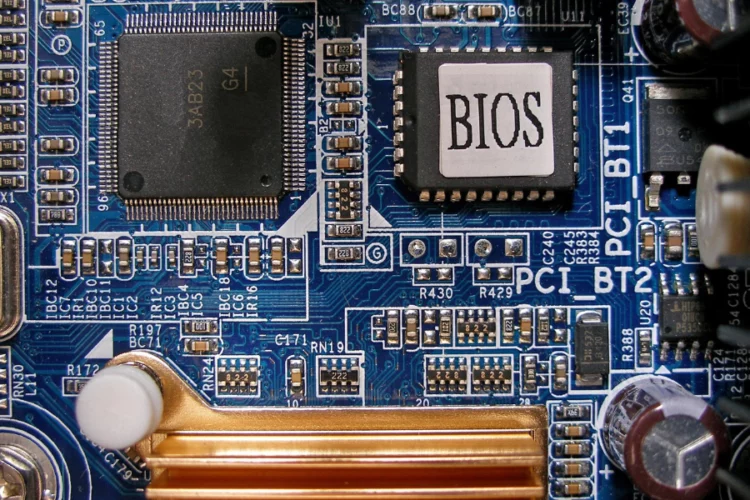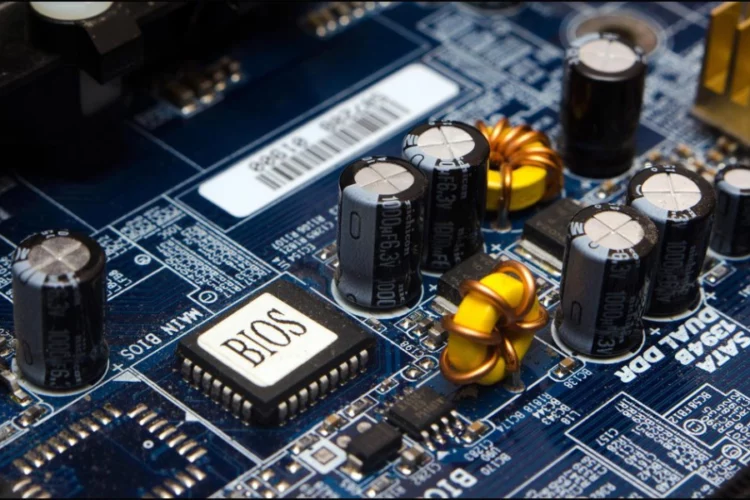In the rapidly advancing world of technology, maintaining peak performance for your computer is paramount. One often-overlooked aspect is updating the motherboard BIOS, a critical firmware that bridges the gap between your operating system and hardware. In this comprehensive guide, we’ll navigate through the intricacies of updating your motherboard BIOS, covering everything from the basics to specific scenarios such as updating without a CPU, for a new CPU, without display or USB support. We’ll also address common questions, such as recognizing the need for an update, understanding automatic updates, checking your current BIOS version, and exploring potential performance improvements.
The Significance of Regular BIOS Updates
Your motherboard’s BIOS, or Basic Input/Output System, plays a crucial role in ensuring smooth communication between your operating system and hardware components. Regular updates bring improved compatibility, stability, and, in some cases, unlock new features.

How to Update Motherboard BIOS?
- Updating with CPU: For conventional BIOS updates, having a functioning CPU is essential. Ensure your CPU is correctly seated, and follow the manufacturer’s guidelines to download and install the latest BIOS version.
- Updating without a CPU: Some motherboards support features like USB BIOS Flashback or Q-Flash, allowing for BIOS updates without a CPU. We’ll guide you through these processes step by step.
- Updating for a New CPU: Upgrading to a new CPU often requires a BIOS update. We’ll provide a detailed walkthrough to make this transition seamless.
- Updating without Display: If your display isn’t working during the update, we have solutions. Learn how to update your motherboard BIOS even without a visible display.
- Updating without USB Support: For systems lacking USB support, alternative methods like using a CD/DVD or network booting might be applicable. We’ll explore these options to suit your specific situation.
Special Considerations for Gigabyte Motherboards
Gigabyte users can expect slight variations in the update process. Our guide includes specific instructions tailored to Gigabyte motherboards, ensuring a hassle-free update experience.

1) Recognizing the Need for a BIOS Update
How do I know if my motherboard needs a BIOS update? Identifying when a BIOS update is necessary can be challenging. We’ll discuss common signs and methods to determine whether your motherboard is due for an update.
2) Automatic BIOS Updates
Does BIOS update automatically? Some motherboards offer automatic update features. We’ll delve into the details, guiding you on how to enable and manage automatic BIOS updates and discussing the pros and cons.
3) Checking Your Current BIOS Version
How do I check my BIOS version? Before initiating an update, knowing your current BIOS version is crucial. We’ll walk you through the steps to identify your current BIOS version.
Explore the potential performance gains that come with updating your motherboard BIOS. Understand the factors contributing to these improvements and decide if an update is right for you.
Yes, certain motherboards support methods like USB BIOS Flashback or Q-Flash, enabling BIOS updates without a CPU.
If your display is unresponsive during the update, try connecting to a different display port or using integrated graphics. Our guide on updating without display offers further assistance.
While not always necessary, BIOS updates can enhance performance by improving compatibility and stability. Consider updating if you experience issues or plan a significant hardware upgrade.
Absolutely. Alternative methods like CD/DVD or network booting can be employed to update the BIOS on systems without USB support.

